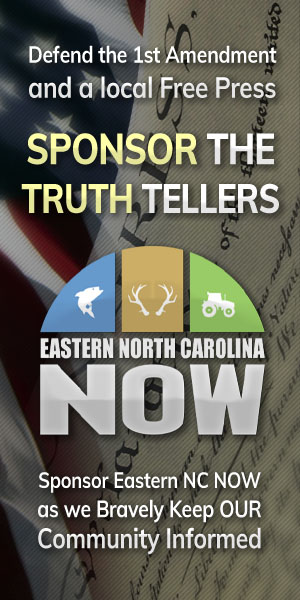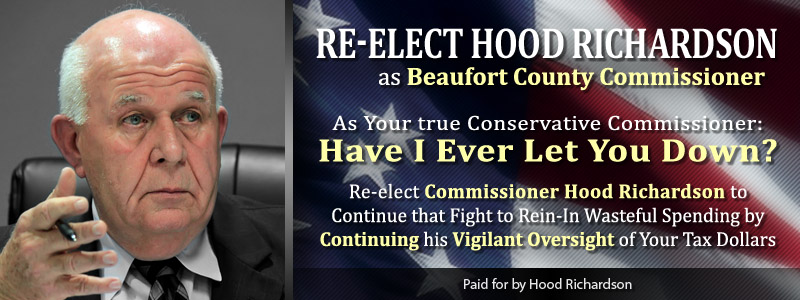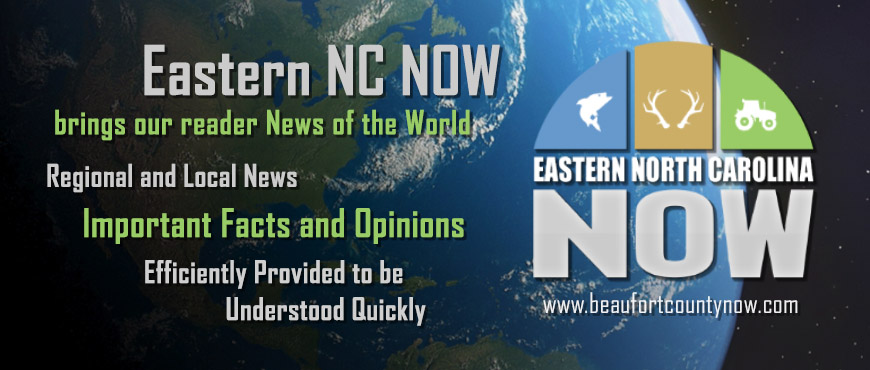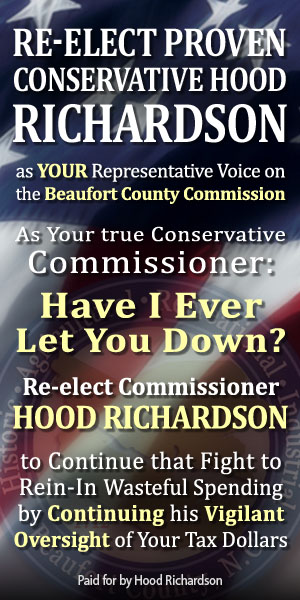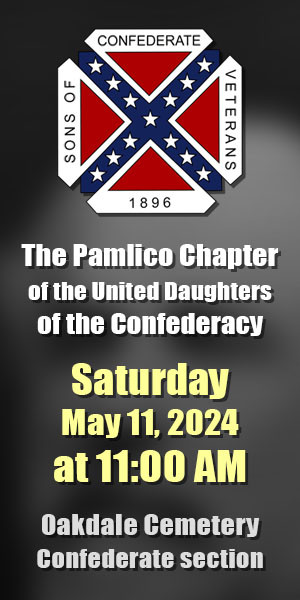A Constitutional Republic, where the First Amendment is Essential to OUR Survival
Remarks by President Trump at a Salute to America
In August of 1790, by request of George Washington and Alexander Hamilton, Congress established a fleet of ten swift vessels to defend our shores.
These Revenue Cutters would fight pirates, stop smugglers, and safeguard our borders. They are the ancestors of our faithful Coast Guard. (Applause.)
When our ships were seized and sailors kidnapped by foreign powers in 1812, it was a Revenue Cutter - the swift schooner Thomas Jefferson - that swept in to capture the first British vessel of the war.
In 1897, when 265 whalers were trapped in ice - and the ice fields of Alaska were closing up - courageous officers trekked fifteen hundred miles through the frozen frontier to rescue those starving men from a certain death.
In 1942, the Coast Guard manned landing craft for invasions in the Pacific. When the enemy attacked U.S. Marines from the shores of Guadalcanal, Coast Guard Signalman First Class Douglas Munro used his own boat to shield his comrades from pounding gunfire. Munro gave his life; hundreds of Marines were saved. As he lay dying on the deck, his final question embodied devotion that sails with every Coast Guardsman: "Did they get off?" (Applause.)
On D-Day, the Coast Guard's famous Matchbox Fleet served valiantly through every hour of the greatest amphibious invasion in the history of our country. One coxswain said "the water boiled with bullets like a mud puddle in a hailstorm," but still the Coast Guard braved death to put our boys on Utah and Omaha beaches.
Every Coast Guardsman is trusted to put service before all. Coasties plunge from helicopters, and barrel through pouring rain and crashing waves to save American lives. They secure our borders from drug runners and terrorists. In rough seas, at high speeds, their sharpshooters take out smugglers' engines with a single shot. They never miss.
When the red racing stripes of a Coast Guard vessel break the horizon, when their chopper blades pierce the sky, those in distress know that the help is on their way, and our enemies know their time has come. (Applause.)
These guardians of our waters stand, Semper Paratus. (Applause.) They are always ready. They are the United States Coast Guard.
Representing the Coast Guard today, you will soon see an HH-60 Jayhawk helicopter based at Coast Guard Air Station Clearwater, along with an HH-65 Dolphin from Air Station Atlantic City, and an HC-144 Ocean Sentry from Air Station Miami.
("Semper Paratus" is played with a flyover.)
Thank you. Thank you to the Coast Guard.
On a cold December morning in 1903, a miracle occurred over the dunes of Kitty Hawk, North Carolina, when two bicycle makers from Ohio defied gravity with a 12 horsepower engine, wings made of cotton, and just a few dollars in their pockets. Just six years later, America was training its first pilots to take these magnificent machines up and over the field of battle.
In World War One, our flyboys rushed the skies of Europe, and aces like Eddie Rickenbacker filled hearts and headlines with tales of daring duels in the clouds.
General Billy Mitchell saw the promise of this technology, and risked court martial in his quest for an independent air force. He was proven right when empires across the oceans tried to carve up the world for themselves, and America stood in the way. We wouldn't let it happen. (Applause.)
After Pearl Harbor, Lieutenant Colonel James Doolittle and his raiders flew B-25 bombers off a carrier deck in the deep Pacific in a daring feat of American resolve.
And, as President Roosevelt said, the Nazis built a fortress around Europe, "but [they] forgot to put a roof on it." (Applause.)
So we crushed them all from the air. One hundred and seventy-seven Liberator Bombers flew dangerously low, through broad daylight without fighter protection, to cripple the Nazi war machine at Ploiești. More than 300 airmen gave their lives to destroy the enemy oil refineries. And five pilots were awarded the Congressional Medal of Honor for their actions in that single raid. (Applause.)
It was airman Chuck Yeager who first broke the sound barrier. It was airmen like Gus Grissom and Buzz Aldrin, who traded their Sabre jets for rockets to the stars. And it is our incredible airmen today who wield the most powerful weapons systems on the planet Earth.
For over 65 years, no enemy air force has managed to kill a single American soldier because the skies belong to the United States of America. (Applause.)
No enemy has attacked our people without being met by a roar of thunder, and the awesome might of those who bid farewell to Earth, and soar into the wild blue yonder. They are the United States Air Force.
Representing the Air Force you will soon see beautiful, brand new F-22 Raptors from Langley Air Force Base in Virginia - (applause) - and one magnificent B-2 Stealth Bomber from Whiteman Air Force Base in Missouri. (Applause.)
("The U.S. Air Force" is played with a flyover.)
What a great country.
In October of 1775, the Continental Congress ordered the construction of two swift-sailing vessels, each carrying 10 cannons and 80 men, to sail eastward.
Our young fleet tested their sea legs against the most powerful navy the world had ever seen.
John Paul Jones, America's first great naval hero, said: "I wish to have no connection with any ship that does not sail fast; for I intend to go in harm's way." He got his wish many times when his ship was shot into pieces off the coast of England by a British vessel and her four dozen guns. When demanded to surrender, Jones very famously declared "I have not yet begun to fight!" (Applause.) When our Navy begins fighting, they finish the job.
The War of 1812: Captain James Lawrence fell with his brothers on USS Chesapeake. His dying command gained immortality, "Don't give up the ship." (Applause.)
In the Battle of Mobile Bay, Admiral David Farragut lashed himself to the rigging of his flagship to see beyond the cannon smoke, crying, "Damn the torpedoes, full speed ahead." (Applause.)
In World War Two, it was aviators launched from the carrier Enterprise, Hornet, and Yorktown who filled the skies of Midway and turned the tide of the Pacific War. Nobody could beat us. Nobody could come close.
On D-Day, Seabee engineers came ashore to destroy blockades and barriers, making way for the invasion. Many lost their lives, but they took the German defenses with them, and our men crushed upon the beaches like a mighty storm.
From the Naval demolition units of World War Two arose a force that became famous in the Mekong Delta. They don't want to see our force again. The very best of the very best: the Navy SEALs. (Applause.)
It was the SEALs who delivered vengeance on the terrorist who planned the September 11th attack on our homeland. It was the SEALs who stand ready to bring righteous retribution - in mountain, jungle, desert - to those who do us harm.
America's sailors are not born. They are forged by the sea. Their traditions are rich with the salt and blood of three centuries.
When Old Glory crests the waves of foreign shores, every friend and every foe knows that justice sails those waters. It sails with the United States Navy. (Applause.)
Representing our great Navy today will be two F-18 Super Hornets from Naval Air Station Oceana in Virginia, along with two F-35 Lightning's from Naval Air Station Lemoore in California.
(""Anchors Aweigh" is played with a flyover.)
So great.
In November of 1775, the Continental Congress created two battalions of a new kind of warrior - one who kept and would protect our ships and sailors, and be at home both ashore and in the mast, with musket in hand.
Their versatility was proven in the War of Independence, when 234 Continental Marines conducted their first amphibious raid, capturing the British supply of gunpowder and cannons at Fort Nassau.
Ever since, Marines have fought in every American war. Their legend has grown and grown and grown with each passing year. It was the Marines who won America's first overseas battle, vanquishing Barbary pirates on the shores of Tripoli.
Their high, stiff collar, which shielded them from the pirates' sword, earned them the immortal name: Leatherneck. (Applause.)
It was the Marines who, after two long days of battle, marched through the Halls of Montezuma. It was the Marines who took heavy casualties to kick the Kaiser's troops out of Belleau Wood in World War One, earning the title "Devil Dogs." (Applause.) And it was the Marines who raised the flag on the black sands of Iwo Jima. (Applause.)
From the Chosin Reservoir to Khe Sanh, from Helmand to Baghdad, Marines have struck fear into the hearts of our enemies and put solace into the hearts of our friends. Marines always lead the way.
After the 1983 Marine barracks bombing in Beirut, which claimed the lives of 241 great U.S. servicemen, Marine Sergeant Jeffrey Nashton lay in bandages - so badly wounded, barely alive.
When the Commandant of the Marine Corps came to visit his hospital, Sergeant Nashton had to feel the General's collar; he wanted to feel his four stars. He could not see and he could not speak. He signaled for pen and paper, and with shaking hand he wrote two words: Semper Fi. (Applause.)
Go Back
These Revenue Cutters would fight pirates, stop smugglers, and safeguard our borders. They are the ancestors of our faithful Coast Guard. (Applause.)
When our ships were seized and sailors kidnapped by foreign powers in 1812, it was a Revenue Cutter - the swift schooner Thomas Jefferson - that swept in to capture the first British vessel of the war.
In 1897, when 265 whalers were trapped in ice - and the ice fields of Alaska were closing up - courageous officers trekked fifteen hundred miles through the frozen frontier to rescue those starving men from a certain death.
In 1942, the Coast Guard manned landing craft for invasions in the Pacific. When the enemy attacked U.S. Marines from the shores of Guadalcanal, Coast Guard Signalman First Class Douglas Munro used his own boat to shield his comrades from pounding gunfire. Munro gave his life; hundreds of Marines were saved. As he lay dying on the deck, his final question embodied devotion that sails with every Coast Guardsman: "Did they get off?" (Applause.)
On D-Day, the Coast Guard's famous Matchbox Fleet served valiantly through every hour of the greatest amphibious invasion in the history of our country. One coxswain said "the water boiled with bullets like a mud puddle in a hailstorm," but still the Coast Guard braved death to put our boys on Utah and Omaha beaches.
Every Coast Guardsman is trusted to put service before all. Coasties plunge from helicopters, and barrel through pouring rain and crashing waves to save American lives. They secure our borders from drug runners and terrorists. In rough seas, at high speeds, their sharpshooters take out smugglers' engines with a single shot. They never miss.
When the red racing stripes of a Coast Guard vessel break the horizon, when their chopper blades pierce the sky, those in distress know that the help is on their way, and our enemies know their time has come. (Applause.)
These guardians of our waters stand, Semper Paratus. (Applause.) They are always ready. They are the United States Coast Guard.
Representing the Coast Guard today, you will soon see an HH-60 Jayhawk helicopter based at Coast Guard Air Station Clearwater, along with an HH-65 Dolphin from Air Station Atlantic City, and an HC-144 Ocean Sentry from Air Station Miami.
("Semper Paratus" is played with a flyover.)
Thank you. Thank you to the Coast Guard.
On a cold December morning in 1903, a miracle occurred over the dunes of Kitty Hawk, North Carolina, when two bicycle makers from Ohio defied gravity with a 12 horsepower engine, wings made of cotton, and just a few dollars in their pockets. Just six years later, America was training its first pilots to take these magnificent machines up and over the field of battle.
In World War One, our flyboys rushed the skies of Europe, and aces like Eddie Rickenbacker filled hearts and headlines with tales of daring duels in the clouds.
General Billy Mitchell saw the promise of this technology, and risked court martial in his quest for an independent air force. He was proven right when empires across the oceans tried to carve up the world for themselves, and America stood in the way. We wouldn't let it happen. (Applause.)
After Pearl Harbor, Lieutenant Colonel James Doolittle and his raiders flew B-25 bombers off a carrier deck in the deep Pacific in a daring feat of American resolve.
And, as President Roosevelt said, the Nazis built a fortress around Europe, "but [they] forgot to put a roof on it." (Applause.)
So we crushed them all from the air. One hundred and seventy-seven Liberator Bombers flew dangerously low, through broad daylight without fighter protection, to cripple the Nazi war machine at Ploiești. More than 300 airmen gave their lives to destroy the enemy oil refineries. And five pilots were awarded the Congressional Medal of Honor for their actions in that single raid. (Applause.)
It was airman Chuck Yeager who first broke the sound barrier. It was airmen like Gus Grissom and Buzz Aldrin, who traded their Sabre jets for rockets to the stars. And it is our incredible airmen today who wield the most powerful weapons systems on the planet Earth.
For over 65 years, no enemy air force has managed to kill a single American soldier because the skies belong to the United States of America. (Applause.)
No enemy has attacked our people without being met by a roar of thunder, and the awesome might of those who bid farewell to Earth, and soar into the wild blue yonder. They are the United States Air Force.
Representing the Air Force you will soon see beautiful, brand new F-22 Raptors from Langley Air Force Base in Virginia - (applause) - and one magnificent B-2 Stealth Bomber from Whiteman Air Force Base in Missouri. (Applause.)
("The U.S. Air Force" is played with a flyover.)
What a great country.
In October of 1775, the Continental Congress ordered the construction of two swift-sailing vessels, each carrying 10 cannons and 80 men, to sail eastward.
Our young fleet tested their sea legs against the most powerful navy the world had ever seen.
John Paul Jones, America's first great naval hero, said: "I wish to have no connection with any ship that does not sail fast; for I intend to go in harm's way." He got his wish many times when his ship was shot into pieces off the coast of England by a British vessel and her four dozen guns. When demanded to surrender, Jones very famously declared "I have not yet begun to fight!" (Applause.) When our Navy begins fighting, they finish the job.
The War of 1812: Captain James Lawrence fell with his brothers on USS Chesapeake. His dying command gained immortality, "Don't give up the ship." (Applause.)
In the Battle of Mobile Bay, Admiral David Farragut lashed himself to the rigging of his flagship to see beyond the cannon smoke, crying, "Damn the torpedoes, full speed ahead." (Applause.)
In World War Two, it was aviators launched from the carrier Enterprise, Hornet, and Yorktown who filled the skies of Midway and turned the tide of the Pacific War. Nobody could beat us. Nobody could come close.
On D-Day, Seabee engineers came ashore to destroy blockades and barriers, making way for the invasion. Many lost their lives, but they took the German defenses with them, and our men crushed upon the beaches like a mighty storm.
From the Naval demolition units of World War Two arose a force that became famous in the Mekong Delta. They don't want to see our force again. The very best of the very best: the Navy SEALs. (Applause.)
It was the SEALs who delivered vengeance on the terrorist who planned the September 11th attack on our homeland. It was the SEALs who stand ready to bring righteous retribution - in mountain, jungle, desert - to those who do us harm.
America's sailors are not born. They are forged by the sea. Their traditions are rich with the salt and blood of three centuries.
When Old Glory crests the waves of foreign shores, every friend and every foe knows that justice sails those waters. It sails with the United States Navy. (Applause.)
Representing our great Navy today will be two F-18 Super Hornets from Naval Air Station Oceana in Virginia, along with two F-35 Lightning's from Naval Air Station Lemoore in California.
(""Anchors Aweigh" is played with a flyover.)
So great.
In November of 1775, the Continental Congress created two battalions of a new kind of warrior - one who kept and would protect our ships and sailors, and be at home both ashore and in the mast, with musket in hand.
Their versatility was proven in the War of Independence, when 234 Continental Marines conducted their first amphibious raid, capturing the British supply of gunpowder and cannons at Fort Nassau.
Ever since, Marines have fought in every American war. Their legend has grown and grown and grown with each passing year. It was the Marines who won America's first overseas battle, vanquishing Barbary pirates on the shores of Tripoli.
Their high, stiff collar, which shielded them from the pirates' sword, earned them the immortal name: Leatherneck. (Applause.)
It was the Marines who, after two long days of battle, marched through the Halls of Montezuma. It was the Marines who took heavy casualties to kick the Kaiser's troops out of Belleau Wood in World War One, earning the title "Devil Dogs." (Applause.) And it was the Marines who raised the flag on the black sands of Iwo Jima. (Applause.)
From the Chosin Reservoir to Khe Sanh, from Helmand to Baghdad, Marines have struck fear into the hearts of our enemies and put solace into the hearts of our friends. Marines always lead the way.
After the 1983 Marine barracks bombing in Beirut, which claimed the lives of 241 great U.S. servicemen, Marine Sergeant Jeffrey Nashton lay in bandages - so badly wounded, barely alive.
When the Commandant of the Marine Corps came to visit his hospital, Sergeant Nashton had to feel the General's collar; he wanted to feel his four stars. He could not see and he could not speak. He signaled for pen and paper, and with shaking hand he wrote two words: Semper Fi. (Applause.)
| The Trump Economy Smashes Expectations Once Again | News Services, Government, State and Federal | Bill Announcement: H.R. 2940 - Assistance for Needy Families, Child Care Entitlements |


